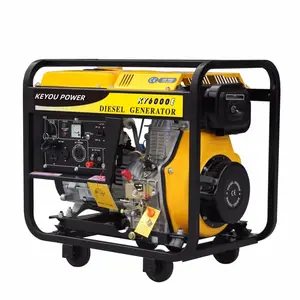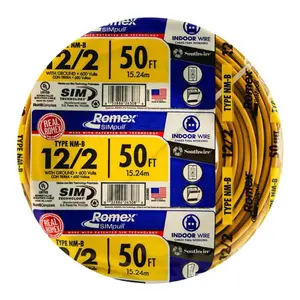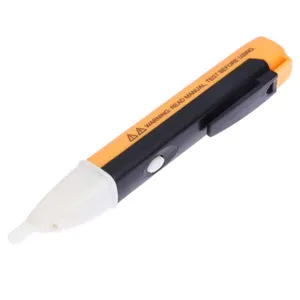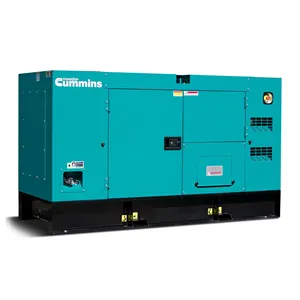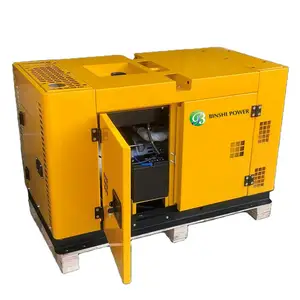Popular in your industry

































































Related Searches:





















































































































































Top categories
About 220v heating cable
Understanding 220V Heating Cables
Heating cables, particularly 220v heating cables, are an essential component in a variety of temperature management applications. These cables are designed to provide heat through electrical resistance, making them a versatile solution for maintaining temperature in a range of environments.
Types and Materials
The 220v heating cable category encompasses a diverse selection of materials and types. Common conductive cores include copper, steel, and tinned copper, each selected for its conductive properties and suitability for different environments. Insulation materials such as PVC, PE, and XLPE are used to encase the cable, providing protection and ensuring safe operation.
Applications of 220V Heating Cables
The application of 220v heating cables is extensive, ranging from industrial uses to underground installations. They are also employed in heat tracing systems to prevent pipes from freezing, or to maintain process temperatures. The versatility of these cables allows them to be tailored to specific needs, ensuring efficient heat distribution wherever required.
Features and Advantages
A key feature of 220v heating cables is their durability. The choice of materials and design allows them to withstand harsh conditions, making them suitable for both indoor and outdoor applications. Their flexibility in terms of length and power output enables precise temperature control, which is a significant advantage in many industrial processes.
Color Coding and Safety
Safety and identification are also considered in the manufacturing of 220v heating cables. They are often color-coded, with standard colors like black, red, or brown, to indicate their power rating or intended use, aiding in proper installation and maintenance.
Environmental Considerations
Lastly, the environmental impact of 220v heating cables is mitigated through the use of materials that are durable and resistant to environmental stressors. This ensures a longer lifespan and reduces the need for frequent replacements, contributing to more sustainable consumption patterns.
